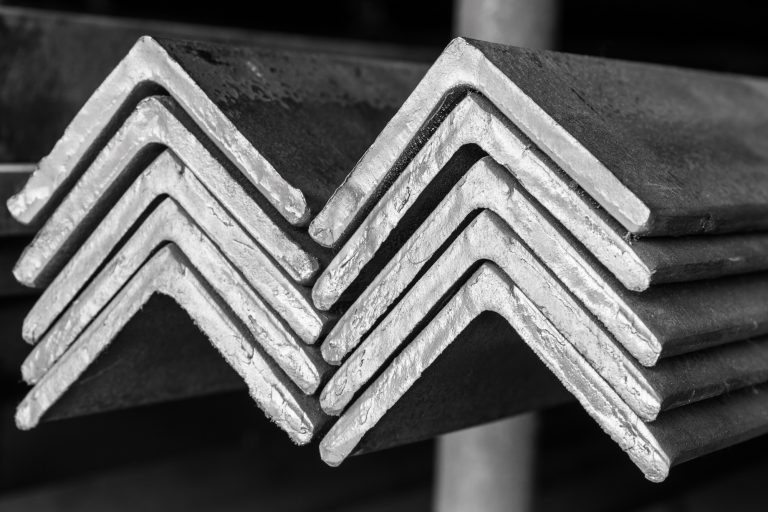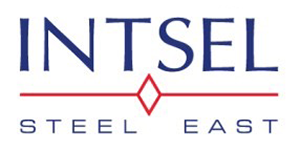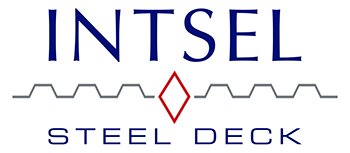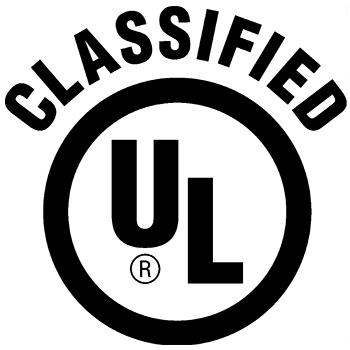What’s The Difference Between Carbon Steel Vs Alloy Steel?

Did you know that the world produced 1.86 billion metric tons of steel in the year 2020? Steel is used for many different applications and in many buildings and structures that we see every day.
But did you know that there are different types of steel? Two of the most common types of steel are carbon steel and alloy steel. These types of steel have their own pros and cons and different uses based on their traits.
The good news is that you’ve come to the right place to learn about carbon steel vs. alloy steel and the benefits and uses for each. Continue reading to learn all about the differences between these two types of steel.
What Is Alloy Steel?
Alloy steel is a type of steel made from different metal alloys that come from iron, carbon, and high amounts of other elements. It’s one of the most popular types of metal, and it’s called alloy steel because of the elements used to make alloy steel form alloys when mixed. These elements are used as a means to improve the property of the alloy steel that’s created. There are two different types of alloy steel that you need to know about.
The first is low alloy steel. Low alloy steels are made using low amounts of alloy elements. The second type of alloy steel is high alloy steel, and it is called this because it is made up of high levels of alloys.
A great example of high alloy steel is stainless steel. Stainless steel is highly resistant to rust and corrosion because of the alloys used to make it. Chromium is one of the most prominent alloys used in stainless steel.
The corrosion resistance is part of why stainless steel is popular for use with kitchen items. Alloy steel is also a popular option for large building projects like airports and bridges. They’re also popular for large stadiums and skyscrapers.
Because of the high levels of strength that alloy steel provides, it can handle high amounts of stress and support extremely heavy loads. Alloy steel is also popular because it is a lighter option than other types of metal. It is great for building things like skyscrapers.
The most popular alloys used in alloy steel are:
- Manganese
- Chromium
- Molybdenum
- Vanadium
- Nickel
These alloys are all great for mixing together to form high-quality alloy steel.
What Is Carbon Steel?
The other type of steel in this article is carbon steel. Carbon steel is made from mixing iron and carbon, along with trace amounts of alloys. The most common elements that make up the alloys are manganese, sulfur, phosphorous, and silicon. Similar to alloy steel, carbon steel is also divided into two separate categories. There is high carbon steel, and there is low carbon steel.
High carbon steel earned its name by having high levels of carbon present within the steel. The presence of high amounts of carbon leads to differences in high carbon steel’s traits. It is less ductile and less weldable.
There is also mild steel, which is a type of low carbon steel. This lower level of carbon means that it has higher levels of iron. Mild steel is more susceptible to corrosion because of its high iron content and low levels of carbon.
High carbon is most commonly found in the steel used for building large structures and tools like knives. This is in large part because of the additional strength that the carbon provides the steel.
Of the different types of carbon steel, low carbon steel is the cheapest. Because of the lower price, it is most often used by hobbyists rather than industries. It is often found in simple mechanical systems. It is also very simple to weld compared to other types of carbon steel. Medium carbon steel is far less weldable, but the tradeoff is much stronger and has much more resistance to wear than low carbon steel.
There is also high carbon steel. High carbon steel is the most expensive because it is a highly specialized type of metal, and it is not easy to work with. It is a very strong type of steel, and it is most often used in springs and wiring.
It is also popular with knife makers. Carbon steel 1075, which contains 0.75 percent carbon, is great because it is a hard carbon, but it won’t break easily and holds a good edge.
Pros and Cons: Carbon Steel vs. Alloy Steel
One of the biggest pros of working with carbon steel is that it is highly durable. It is strong and resistant to shock, making it a popular construction choice. It is also very safe and easy to work with.
If you’re environmentally conscious, carbon steel is also a green metal. It is one of the easiest types of metal to recycle. It is also a very economical choice because not much carbon steel is needed for construction due to its strength. This makes it a cost-effective option.
The drawback to carbon steel is that it is not as resistant to corrosion as alloy steel is. It is also not nearly as weldable as alloy steel. Alloy steel has some great benefits as well. In addition to being highly corrosion-resistant, it is also great for welding and easy to work with compared to carbon steel. The biggest drawback to alloy steel is that it isn’t as strong as carbon steel.
Do You Need Quality Steel for Your Next Project?
When comparing carbon steel vs. alloy steel, it is clear that each type has its benefits and drawbacks. It is important to determine what you need the steel to decide which type of steel is best for your needs.
Click here to contact the good folks at Bushwick Metals and request a quote for your carbon steel and alloy steel needs today!






